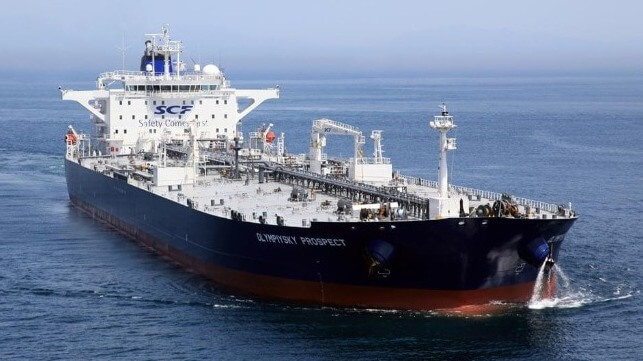As Russian Oil Price Cap Approaches, OPEC+ Leaves Output Cuts Intact

Though a new Western price cap on Russian oil is expected to take more than a million barrels a day off the global market, OPEC+ is sticking to its plan for reduced output, the group announced after a meeting in Vienna on Sunday.
In October, the Saudi-led Organization of Petroleum Exporting Countries (OPEC) and affiliated nations agreed to reduce output by two million barrels per day. At the time, the decision drew the ire of OPEC's critics in the West, but prices have not skyrocketed as feared. Other factors - particularly an economic slowdown in China - have kept crude trading in the $80-90 range despite lower export volume. This weekend, OPEC said that it would keep its output targets at the same level, even if the price cap on Russian oil does reduce
A drop in Russian crude exports is expected shortly and may approach about 1.0-1.5 million barrels per day. Under an agreement finalized Friday, the G-7, the EU and Australia have agreed to ban shipping services for any Russian oil priced over $60 per barrel, effective December 5. It is the first price-dependent sanctions measure of its kind, and it is intended to reduce the profitability of Russian oil without removing it from the global market. This calibrated ban covers tanker owners, financiers, shipbrokers and (most importantly) insurers located in the participating nations. 95 percent of the world's P&I coverage is arranged in the UK and Europe.
Though the $60 cap is well below Brent, it is only about $7 less than current market pricing for Russian Urals, as Russia already provides a substantial discount to its remaining customers. The IMF estimates that the break-even price for Russian producers is in the range of $30-40, leaving room for a substantial profit margin after the cap.
Since the cap would appear to have a limited effect on Russian earnings, the government of Ukraine has slammed the $60 price level as an ineffective half-measure.
“You can’t call serious a decision on capping Russian prices that is completely comfortable for the budget of the terrorist state. It’s only a matter of time before it will be necessary to use stronger measures," said Ukrainian President Volodymyr Zelensky on Saturday.
Whether a $60 cap or a $20 cap, Russia has refused to participate in the mechanism or do business with any importer that joins it. "We will sell oil and oil products only to countries that will work with us on market conditions, even if we would have to lower production," Russian Deputy Prime Minister Alexander Novak told state media on Sunday.
Russia does have other options. Hundreds of tankers have been sold to unknown buyers this year, creating the possibility that the trade could continue under anonymous ownership in friendlier jurisdictions. Russian exporters can also draw on the shadow fleet of tankers that serve the sanctioned Iranian and Venezuelan trades. According to United Against Nuclear Iran (UANI), 31 tankers involved in the Iranian oil trade have switched to handling Russian crude so far this year.
Insurance is another matter. Without EU and UK-domiciled P&I cover, Russian cargoes will have to rely on alternative insurers and reinsurers, like Russia's Ingosstrakh Insurance Company and the Russian National Reinsurance Company. Top importers like China and India may also seek to self-insure using domestic risk pools, like the $60 million fund set up by Indian national reinsurer GIC Re.
Analysts note that these non-IG Club insurers are less likely to have the funding set aside to cover a major tanker casualty, and any payout could be subject to political influence in the event of a claim.
